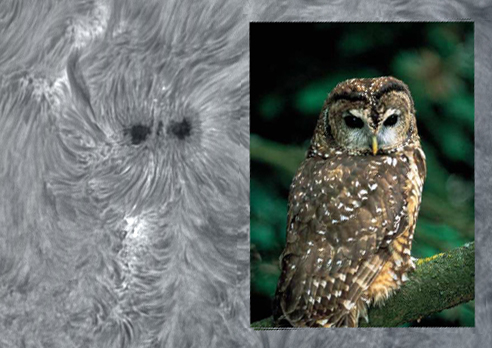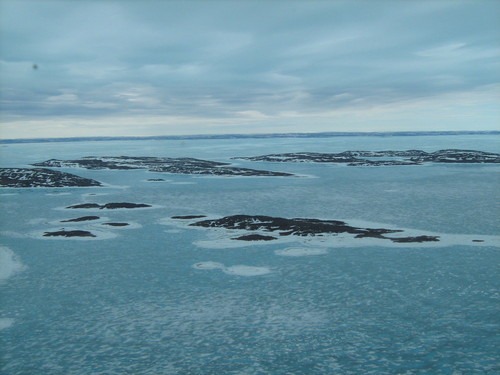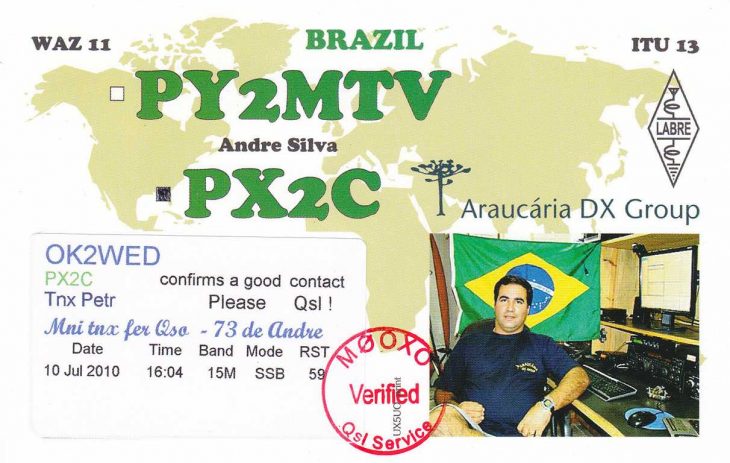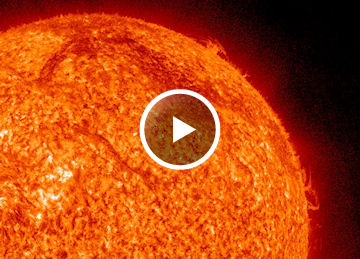Côn Có was previously a top secret Vietnamese military base and so any ham-radio activity was unimaginable. And while tourists are today permitted to visit the island, it is not readily accessible, being several hours away by boat – and so rare QSOs with 3W6C were highly valued.
The team have responded to all those who sent their QSLs direct. QSL Manager Leo, HB9DWL, mailed more than 1000 letters around the world. Letters received with insufficient return postage or expired IRCs were QSL’d via the bureau (some people just never learn!).






